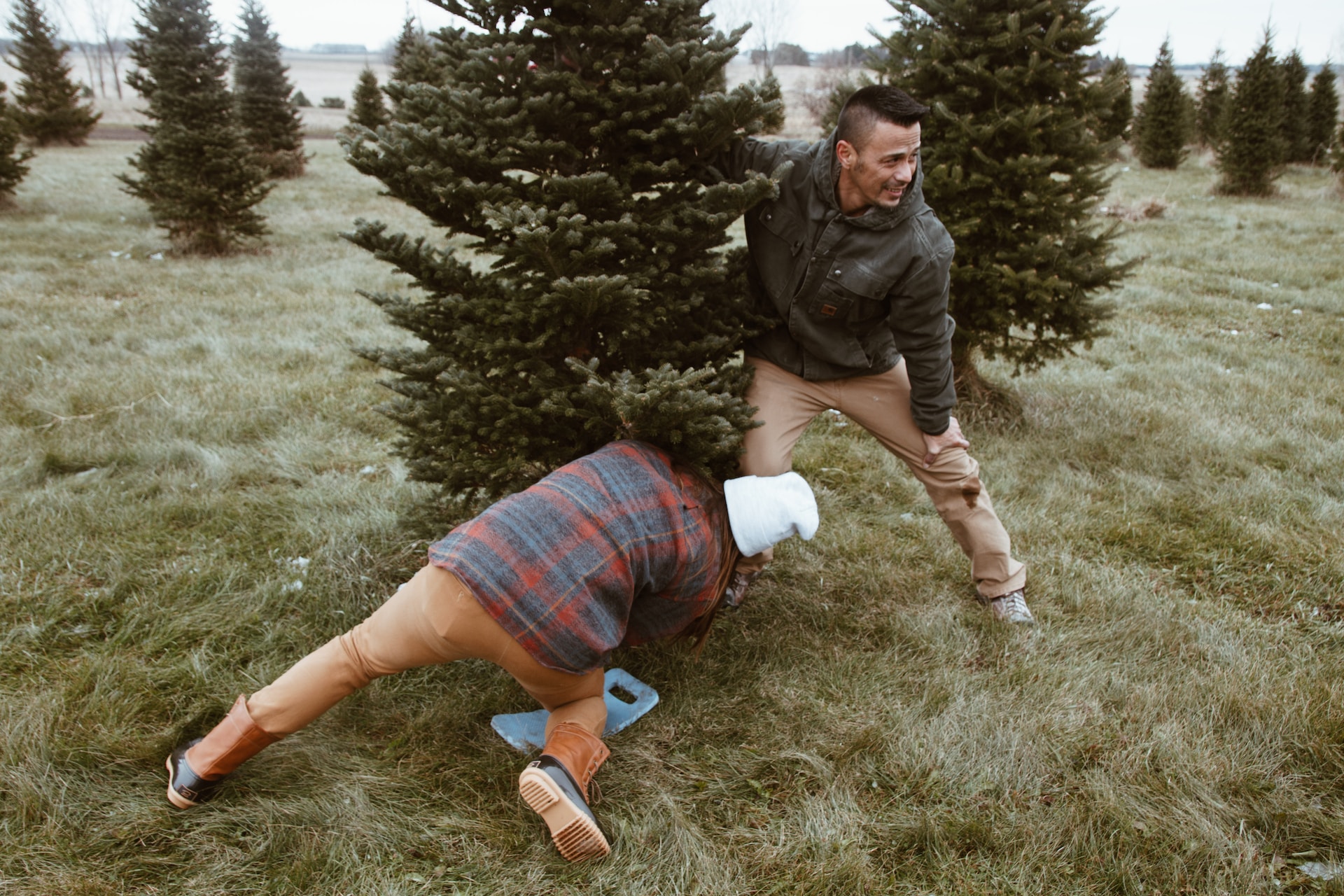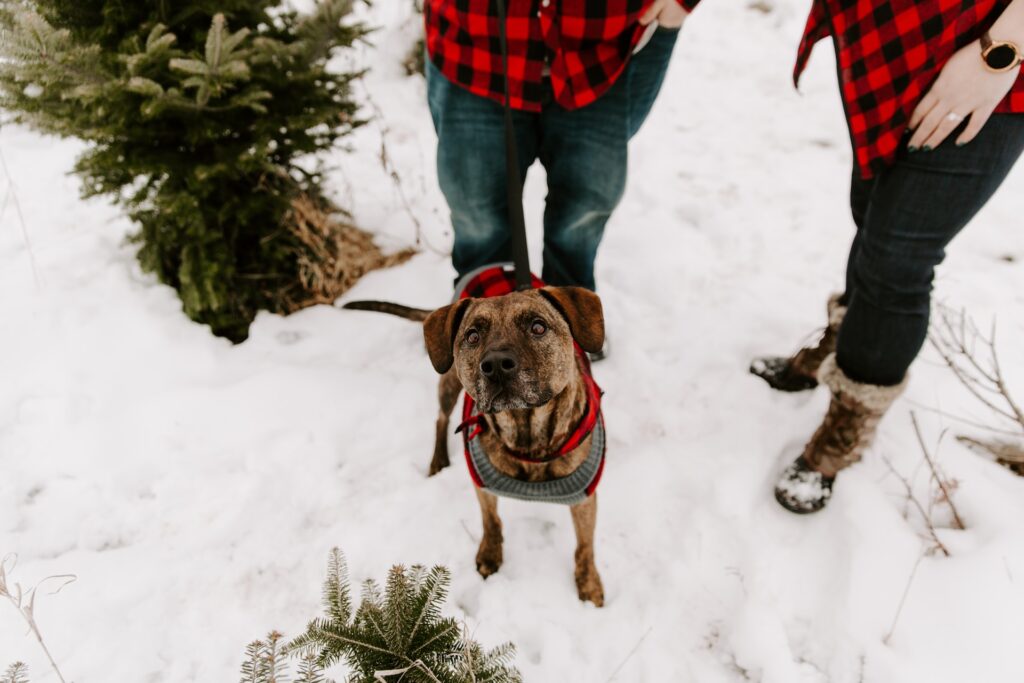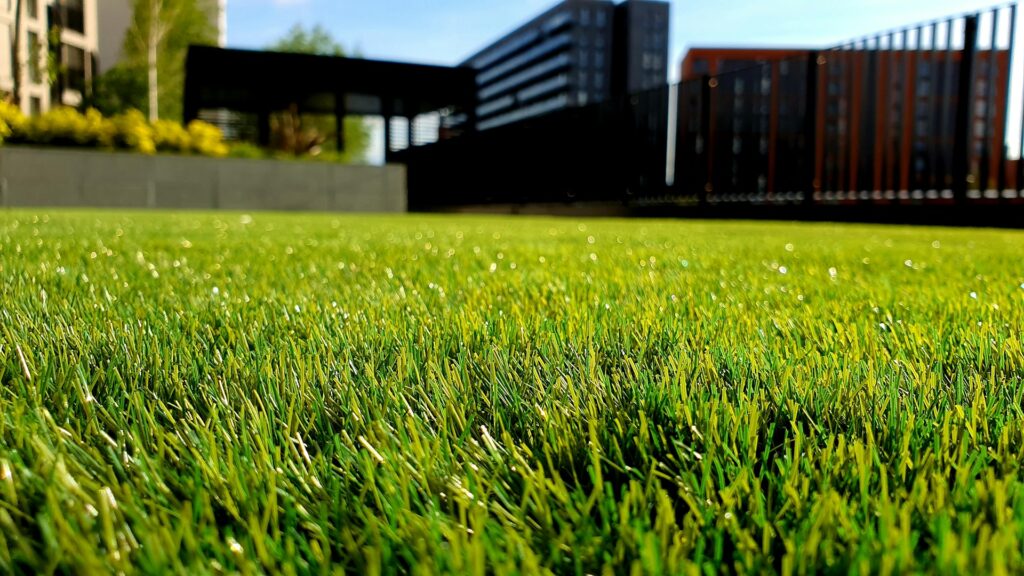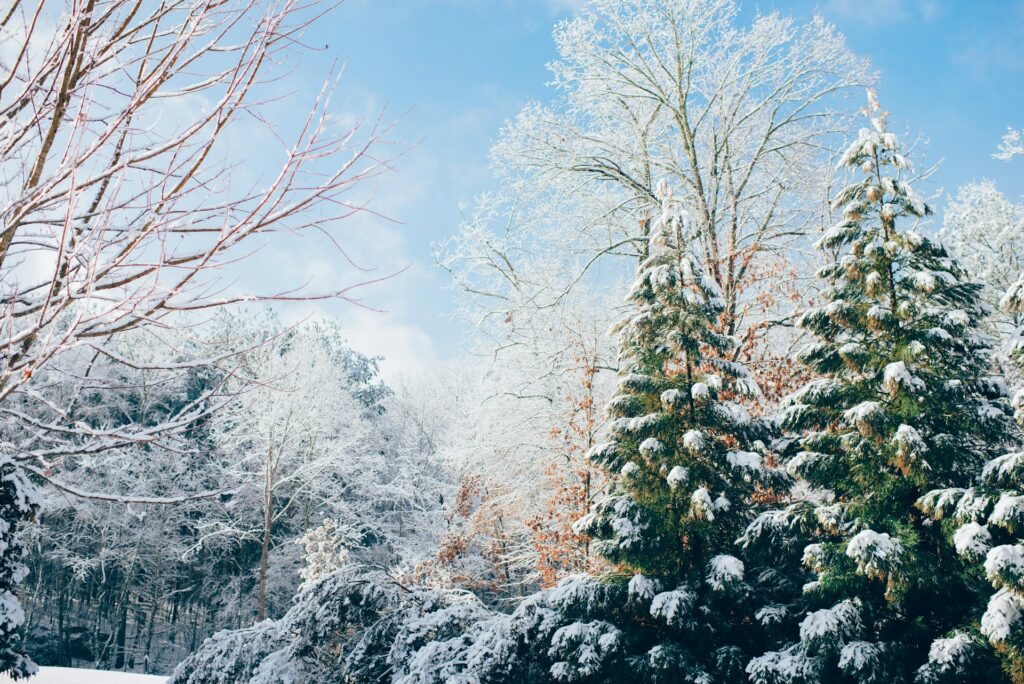
We are reader-supported. When you buy through links on our site, we may earn an affiliate commission.
Artificial trees have advantages — less mess and zero maintenance certainly make them appealing. However, they’ll never quite capture the spirit of Christmas like a live tree does. If you’re one of the millions of Americans who want to cut down your own Christmas tree this year, there are a few steps you should follow. These helpful tips will guide you in bringing home the ultimate live Christmas tree.
Fast Facts About Christmas Tree Farms
Did you know North Carolina and Oregon are the two largest live Christmas tree producers in the United States? Combined, they accounted for 79% of over 12 million trees in 2012 — just six counties harvested 51% of them.
Christmas trees are a billion-dollar industry, with 350 million trees growing across 350,000 acres on about 15,000 Christmas tree farms in the U.S.
Yet, only 24% of U.S. households put up a real tree in 2022 — compared to 47% who opted for an artificial tree.
Nevertheless, Americans spent $984 million on real trees in 2021 — just under the $1.01 billion spent on artificial ones.

What Kind of Christmas Tree Do I Need?
Before heading to the tree farm, you must know what size of Christmas tree you’ll need for your house. Figure out where you will put the tree and grab the measuring tape. According to Apartment Therapy, ideal measurements are as follows:
- Ensure 1.5 feet from the top of the tree and the ceiling.
- Keep the tree at least five feet from the fireplace or other heat source.
- Give your furniture about a foot of space from your tree.
You should also think about tree species. Some of the most common are Balsam Fir, Blue Spruce and White Pine trees. Balsam Fir trees have the quintessential Christmas tree smell with excellent needle retention. But it also has flexible branches, so only hang lighter ornaments.
On the other hand, Douglas Fir and Fraser Fir trees have sturdier branches for heavier decorations if necessary.
7 Steps to Cut Down Your Own Christmas Tree
Is there anything better than the smell of fresh pine needles? Who could blame you for wanting to fill your home with the season’s aromas? Of course, tree-cutting could be dangerous — after all, you’ll likely use a sharp chainsaw or handsaw. Here are seven steps to cut down your own Christmas trees safely.
1. Get a Permit
Permitting won’t apply to everyone — only the adventurers who search for the perfect Christmas tree in the woods. Your local Forest Service might restrict where and what type of tree you can cut down. If you’re unsure, it is always best to check first.
Otherwise, you can easily visit a tree farm without worrying about getting a permit before chipping away at a tree.
2. Bring Your Measurements
Always bring the measurements of where you intend to put your tree and a tape measure. You will want to measure whatever tree you’re interested in to ensure it fits.
Sometimes, trees look smaller at a tree farm than they are. A worst-case scenario is bringing home a freshly cut pine only for it to be too big for the room.
3. Wear Safety Gear
About 10% of Americans reported injuries from Christmas trees in 2021. Avoid becoming a statistic by wearing the proper gear to cut down your own Christmas tree.
You’ll be handling heavy tools and possibly trekking through mud. It’s important to wear waterproof boots, a winter coat and gloves at a minimum. You might also want to wear safety glasses to prevent pine needles and wood from getting in your eyes.

4. Find Your Tree
Take a walk around the area to examine each tree. Christmas tree farms usually plant seedlings together by species, making it easier to look for a particular type.
You can pull lightly on the needles to test for freshness. If they stay intact, the tree is healthy.
5. Use Proper Tools
Like safety gear, the tools you use matter. However, you might only be allowed to use a particular instrument. Tree farms often require a handsaw or axe to take down a tree — the same goes for national parks.
Otherwise, you’ll find a chainsaw is typically the fastest method. Always inquire about this beforehand.
6. Cut the Tree Down
Have somebody hold the tree upright for you. Then, begin cutting it as low to the ground as possible. Cutting too high or allowing the tree to fall over on its side can prevent a new one from growing in its place.
Shake and twirl the tree several times to release sap, bugs and spiderwebs from the branches.
7. Secure the Tree on Your Car Rack
You’ll have a much easier time getting your Christmas tree home with a pickup truck. For the rest of us, we have to tie the tree on our car racks.
Be sure to loop the rope around the trunk, middle and top of the tree a few times before securing the rope to the car rack. You wouldn’t want your tree to slide out on the road while driving.

Recycling Your Christmas Tree After the Holidays
Once the holidays are over, the best way to dispose of your Christmas tree is to recycle it. Check with your local waste management company to determine when recycling providers will have curbside pickup. You can also take your Christmas tree to a drop-off center in your county.
Your local Public Works department might also have a tree recycling and mulching program in which they shred the trees for garden mulch. Nonprofit organizations might also be willing to take your Christmas tree for you.
Because live Christmas trees are biodegradable, they may be used in various environmental projects. For example, in North Carolina — home of the most harvested Christmas trees — 1,500 trees are donated each holiday to Fort Macon State Park in the Outer Banks for restoration.
Along Southeastern North Carolina, coastal communities like Oak Island, Wrightsville Beach and Surf City also accept trees for beach nourishment initiatives.
Celebrate the Holidays With a Real Christmas Tree
Cutting down your own Christmas tree is a walk in the park. Take the correct measurements and show up prepared with the right gear and you’ll find yourself taking home a memorable live Christmas tree.










